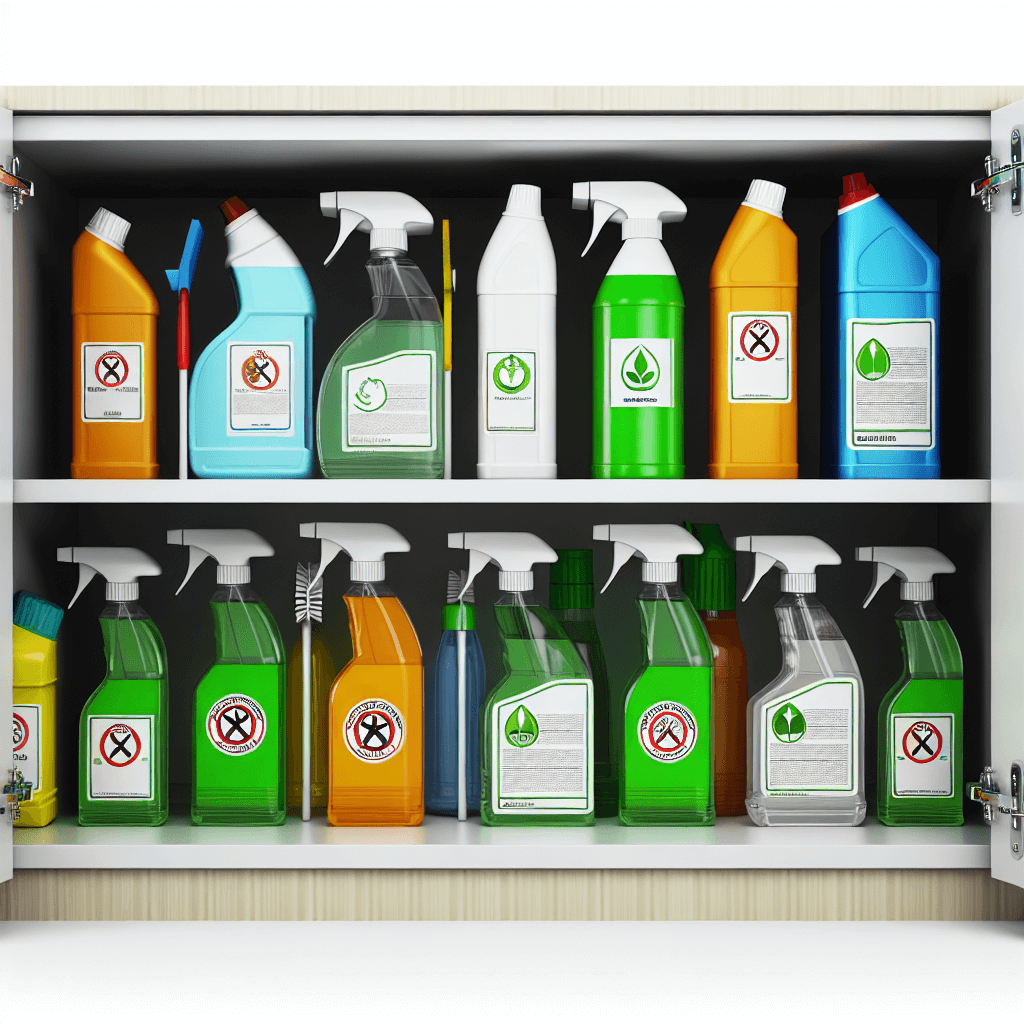
Understanding the Different Types of Cleaning Chemical Products and Their Uses
Cleaning chemical products are integral to achieving the hygiene and cleanliness we expect in our homes and workplaces. Whether you're tackling a greasy kitchen hob or a bathroom with hard water stains, knowing which products to use and how to use them can make a world of difference. Let’s dive into the basics of cleaning chemical products, so you can make informed decisions next time you're shopping or cleaning.
Diving into the Components of Cleaning Chemical Products
The effectiveness of cleaning chemicals is heavily reliant on their components. Here are the key ingredients you'll often encounter:
Surface Active Agents (Surfactants)
Surfactants are the backbone of most cleaning solutions. Their primary role is to alter the surface tension of water, which helps break down and lift soils, allowing them to be washed away effortlessly. Without surfactants, water would have difficulty spreading over surfaces, making it hard to clean.
Sequestering Agents, Builders, and Solvents
- Sequestering Agents: These smart chemicals bind minerals found in water to prevent them from interfering with the cleaning process.
- Builders: They enhance the effectiveness of surfactants by softening the water, which then helps eliminate stubborn soils.
- Solvents: They’re crucial for dissolving greases and oils, simplifying the removal of persistent stains and residues.
pH Adjusters
pH adjusters are essential for tuning a product’s acidity or alkalinity, making them suitable for various types of cleaning tasks. They significantly affect how well a product can tackle particular types of soils, from greasy messes to mineral deposits:
- Alkaline Cleaners: Effective on protein-based dirt and grease, these high pH cleaners like chlorine bleach are commonly used in demanding settings such as industrial kitchens.
- Neutral Cleaners: These are your go-to for versatile cleaning across most surfaces, being gentle and effective without damaging finishes.
- Acidic Cleaners: Ideal for tackling inorganic stains such as mineral deposits and soap scum, although caution should be taken as they can harm delicate surfaces.
Other Ingredients
- Fragrances and Dyes: While they add pleasant scents and colours, they don't contribute to cleaning effectiveness.
- Preservatives: Prevent the growth of bacteria and mould within the product, ensuring it remains effective over time.
- Antibacterial Agents: Ingredients like triclosan aim to sanitize surfaces by reducing bacteria counts.
Matching Cleaning Agents to Your Needs
Selecting the right cleaning product is vital for achieving the best results without damaging surfaces. The key is in the product's pH level:
Alkaline Cleaners
Best suited for removing protein-based grime, fats, and tough industrial stains. Think of them as the warriors in commercial kitchens and industrial environments.
Neutral Cleaners
These are excellent all-rounders for everyday cleaning tasks across most hard surfaces. They are gentle enough to not cause damage while being effective in keeping your home looking spotless.
Acidic Cleaners
These are specialists for removing mineral deposits and soap scum, predominantly used in restroom cleaning, though they should be used with care to avoid damaging sensitive surfaces.
The Importance of Cleaning, Sanitizing, and Disinfecting
Understanding these terms helps maintain hygienic environments:
Cleaning
This process removes dirt and impurities from surfaces. It prepares the surface for the more intensive sanitizing or disinfecting process.
Sanitizing
Aiming to lower the count of germs to a safe threshold, sanitizing uses agents that reduce bacteria quickly, commonly in household kitchens to maintain a safe food prep area.
Disinfecting
A more aggressive approach, disinfecting involves using chemicals strong enough to destroy harmful microbes completely. It's essential in areas requiring stringent infection control, such as hospitals.
Safety First: Handling Cleaning Chemical Products
It's not all about achieving perfect results; safety should never be sidelined:
Reading Labels
Always read and understand the instructions on a product's label. It provides critical information about the product's use and necessary precautions.
Safe Handling Practices
- Use protective gear like gloves and masks when handling powerful chemicals.
- Ensure areas are well-ventilated to prevent inhaling any potentially harmful fumes.
- Avoid mixing different chemicals, which can lead to hazardous reactions.
Emergency Steps
If an accident occurs, such as ingestion of a chemical, contact emergency services immediately and have the product label on hand to aid responders.
Impact on Environment and Health
While maintaining a clean environment, it's crucial to consider the broader impacts these products can have:
Environmental Concerns
Some chemicals can damage ecosystems if disposed of improperly. Opt for products that are environmentally friendly, indicated by certifications like the Safer Choice label.
Health Implications
Exposure to harsh chemicals can cause respiratory problems and skin irritations. Choose less toxic products whenever possible and use them as directed to safeguard your health.
Taking the Next Step
Being aware of the types of cleaning chemicals and their appropriate use not only helps in achieving cleanliness, but also ensures safety and environmental care. Brands like CTSS offer a range of products that are designed to meet these needs effectively. Reach out for guidance on selecting the right products for your cleaning needs, and always prioritise reading the labels and safety instructions.
Don't let the world of cleaning chemical products overwhelm you. With an understanding of your cleaning goals and the tools at your disposal, maintaining a pristine and healthy space is less about effort and more about informed choices. Remember, the right cleaning product not only cleans but also cares for you and the environment.
